-
main-collection-product-grid
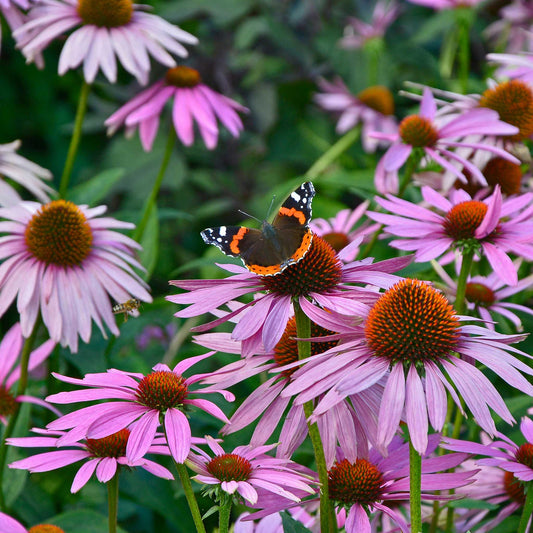
Purple Coneflower Seeds (Echinacea)
This native perennial is a treasured herbal remedyPurple Coneflower Seeds (Echinacea)
This native perennial is a treasured herbal remedyRegular price As Low As $4.99Regular priceUnit price per -
main-collection-product-grid
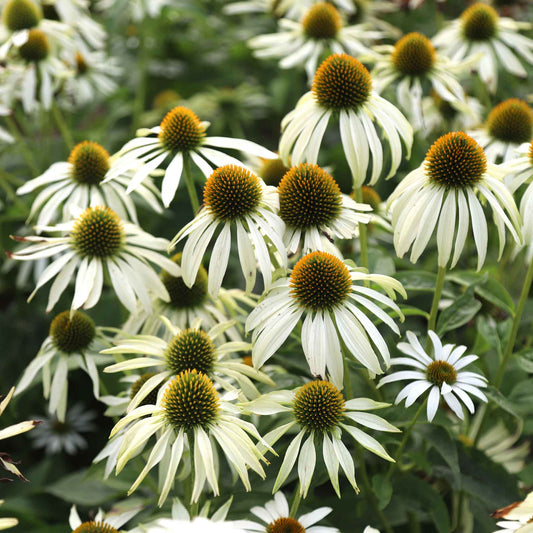
Coneflower Seeds - White Swan
Crisp white blooms gracefully float atop attractive bushy plantsConeflower Seeds - White Swan
Crisp white blooms gracefully float atop attractive bushy plantsRegular price $4.99Regular priceUnit price per -
main-collection-product-grid
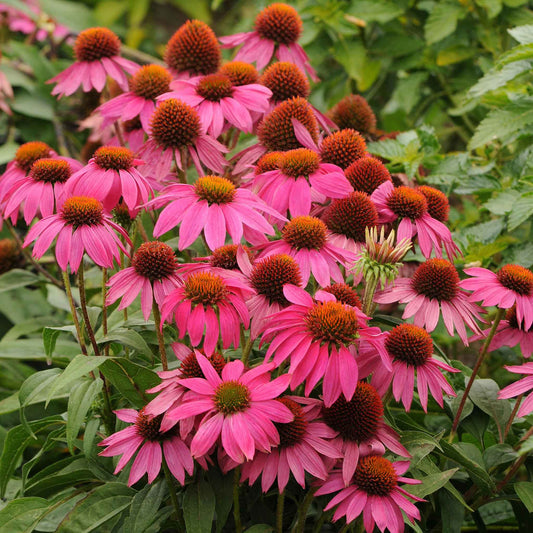
Coneflower Seeds - PowWow Wild Berry
2010 All-America Selections Flower Award WinnerConeflower Seeds - PowWow Wild Berry
2010 All-America Selections Flower Award WinnerRegular price $6.49Regular priceUnit price per -
main-collection-product-grid
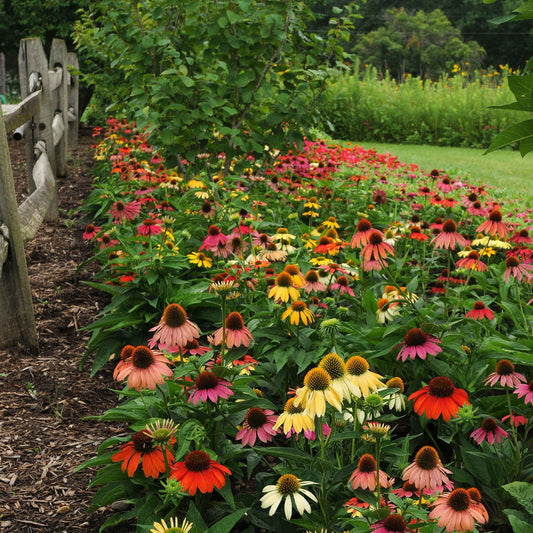
Coneflower Seeds - Cheyenne Spirit
Winner of both the highly coveted Fleuroselect Gold Medal and All-America SelectionsConeflower Seeds - Cheyenne Spirit
Winner of both the highly coveted Fleuroselect Gold Medal and All-America SelectionsRegular price $10.99Regular priceUnit price per -
main-collection-product-grid
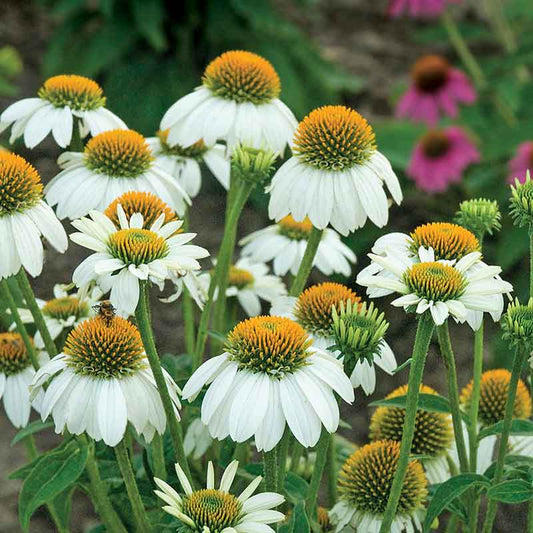
Coneflower Seeds - PowWow White
Dazzlingly clean skirt of white, extra-wide petalsConeflower Seeds - PowWow White
Dazzlingly clean skirt of white, extra-wide petalsRegular price $5.99Regular priceUnit price per -
main-collection-product-grid
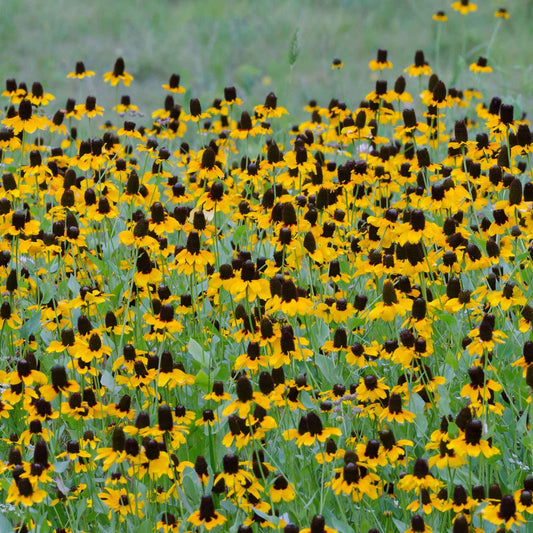
Clasping Coneflower Seeds
This native wildflower is a close relative of black-eyed susansClasping Coneflower Seeds
This native wildflower is a close relative of black-eyed susansRegular price As Low As $4.99Regular priceUnit price per -
main-collection-product-grid
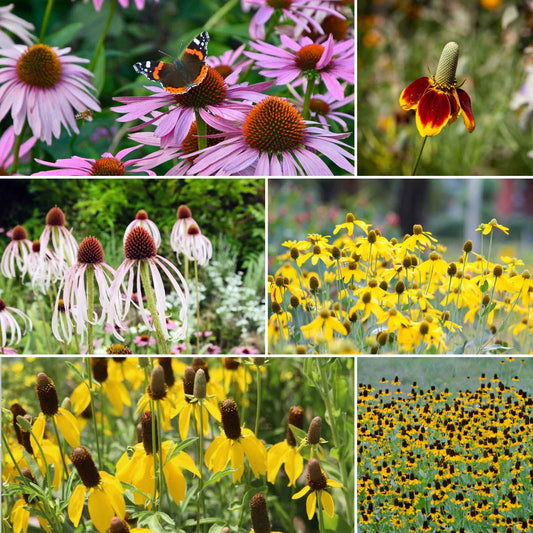
Conehead - Coneflower Seed Mix
Each one of these 6 varieties has its own colorful personalityConehead - Coneflower Seed Mix
Each one of these 6 varieties has its own colorful personalityRegular price As Low As $27.99Regular priceUnit price per -
main-collection-product-grid
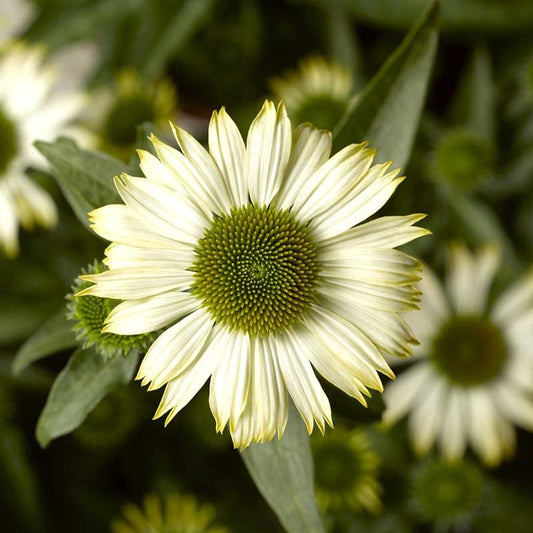
Coneflower Seeds - Compact Prairie Splendor White
Compact size is ideal for container gardens and bordersConeflower Seeds - Compact Prairie Splendor White
Compact size is ideal for container gardens and bordersRegular price $5.99Regular priceUnit price per -
main-collection-product-grid
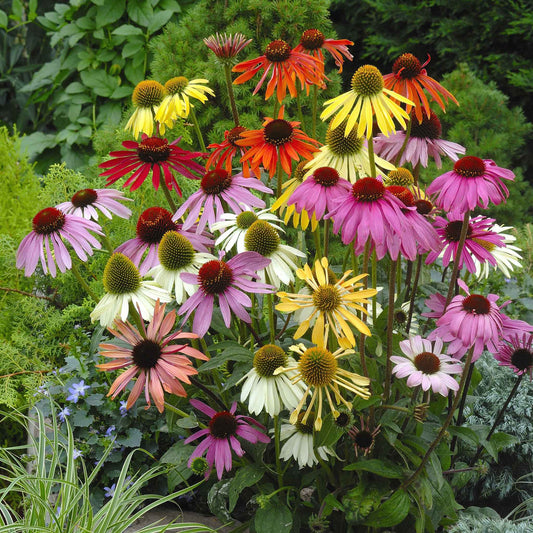
Coneflower Seeds - Paradiso Mix
Echinacea purpureaConeflower Seeds - Paradiso Mix
Echinacea purpureaRegular price $6.99Regular priceUnit price per -
main-collection-product-grid
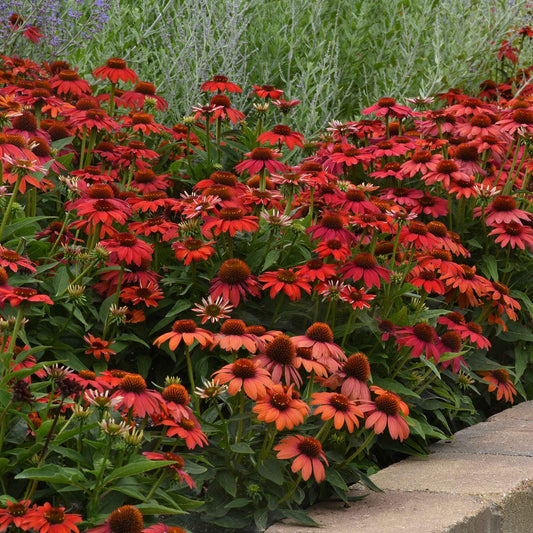
Coneflower Seeds - Artisan Red Ombre
A member of the Artisan series offering consistent plant structure and uniform floweringConeflower Seeds - Artisan Red Ombre
A member of the Artisan series offering consistent plant structure and uniform floweringRegular price $10.99Regular priceUnit price per -
main-collection-product-grid
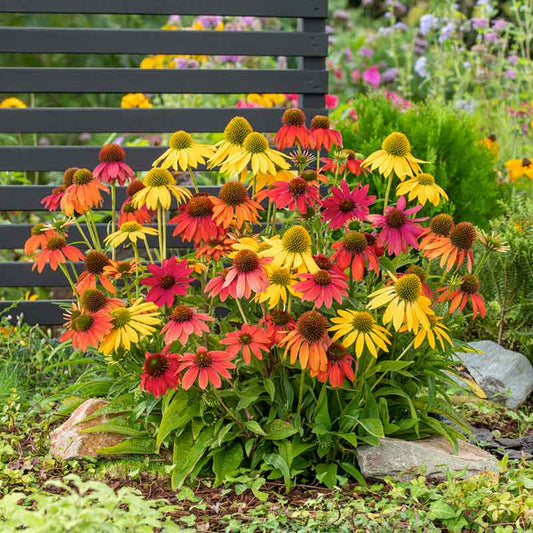
Coneflower Seeds - Artisan Ombre Mix
A member of the Artisan series providing consistent plant structure and floweringConeflower Seeds - Artisan Ombre Mix
A member of the Artisan series providing consistent plant structure and floweringRegular price $10.99Regular priceUnit price per -
main-collection-product-grid
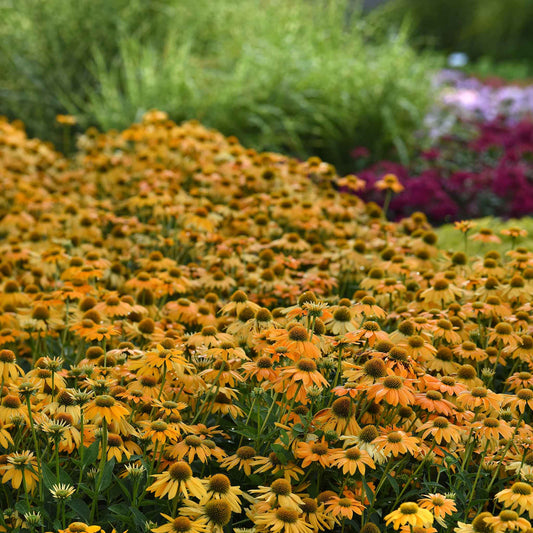
Coneflower Seeds - Artisan Yellow Ombre
Echinacea purpureaConeflower Seeds - Artisan Yellow Ombre
Echinacea purpureaRegular price $10.99Regular priceUnit price per -
main-collection-product-grid
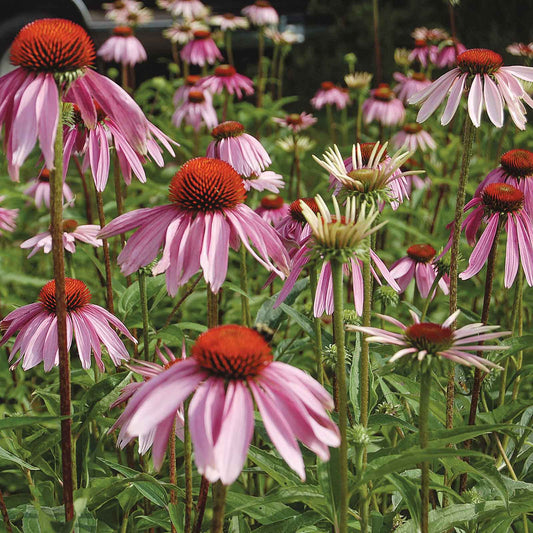
Purple Coneflower Seeds (Organic)
Echinacea purpureaOut of StockPurple Coneflower Seeds (Organic)
Echinacea purpureaRegular price $6.99Regular priceUnit price per
Planting echinacea seeds in your yard
- Native North American herbaceous perennial
- Excellent for pollinators
- Also called coneflower
- Prefers full sun exposure
Why echinacea is the gardener's favorite flower
Echinacea purpurea is a North American perennial species of plant in the sunflower family. It is native to North America and is present in the wild in much of the eastern, southeastern, and the midwestern United States, in addition to Canadian provinces. Echinacea, often known as purple coneflower, has become a favorite addition to many a home gardener's yard, yet it originated as a wildflower in prairies and open forested regions. Echinacea produces beautiful, long-lasting purple and pink blooms with hairy disked centers on tall stalks that can reach up to five feet in height. The leaves are usually fuzzy and rough-textured, but they can also be hairless. The leaves will often shrink in size as they progress up the stem. They're easy to notice from afar, and once you've identified them, you'll probably see them everywhere.
Therapeutic Benefits of Echinacea
Echinacea blooms are occasionally utilized as a therapeutic herb in addition to being beautiful. Echinacea's medical benefits date back to the 18th century and are widely used by North American indigenous peoples as folk medicine. Echinacea tea, which is said to help boost the immune system and fight colds, is still a popular beverage. Every health food store has a substantial inventory of products containing this special "ingredient." The echinacea plant, like many other plants, contains phenols. These organic compounds help defend the plant from diseases and may also have antioxidant capabilities.
The best time to start echinacea seeds
The ideal time to plant echinacea seeds is in the late fall, after the frost. Alternatively, you can start the seeds indoors about six to eight weeks before your final frost date (after a period of eight to twelve weeks of cold stratification). Echinacea will perform best when exposed to full sun and planted in well-drained soil. If your soil is too rich, flowering may begin to diminish. Manual watering will not be necessary in areas that receive normal rainfall. Once the echinacea blooms begin to look spent, cut the plant down by a third of its height. This will help to reenergize the plant and keep it beautiful.
For more information about planting, growing, and caring for echinacea seeds, see the Echinacea Seeds Planting Guide.












